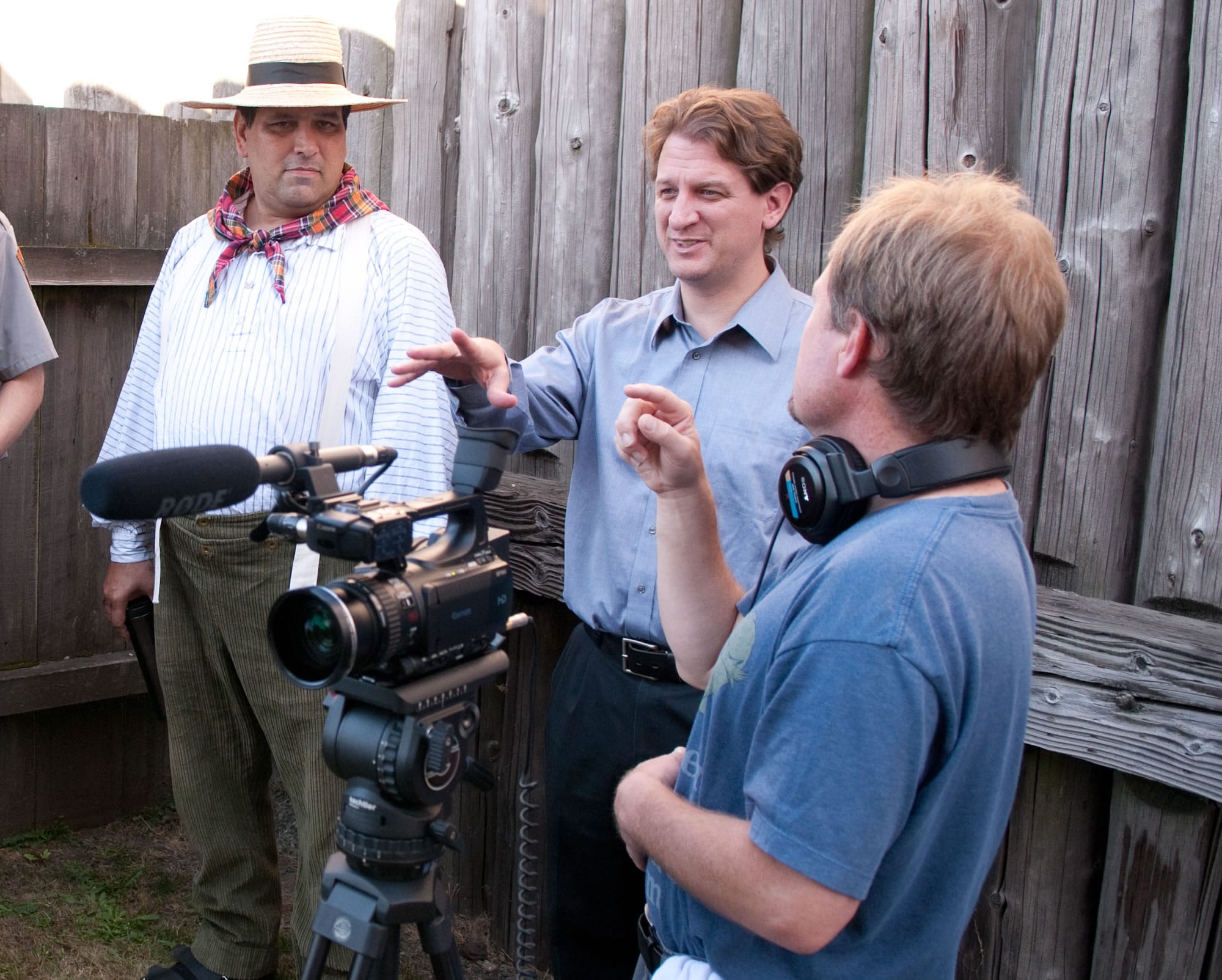A string of aviation milestones started more than a century ago at one of the nation’s oldest continuously used airports, now known as Pearson Field. During WWI, that area became the center of a Northwest logging and milling program that turned out a million board feet of aviation-quality spruce a day. Between the two world wars, Vancouver was a link in some record-setting flights.
Two of the Thursday presentations will focus on aspects of Vancouver history.
The schedule:
• June 27 — World War II Military Aircraft Accidents in National Park Service sites:More than 7,000 military aircraft crashed in the U.S. during WWII, resulting in the loss of more than 15,000 lives. Adrian Hunt, now executive director of the Flying Heritage Collection in Everett, will focus on the
preservation of wreck sites in 20 areas administered by the Park Service.
• July 11 — Kaiser Shipyard Archaeological Investigations: Bill R. Roulette, president and founder of Applied Archaeological Research in Portland, will discuss an unusual archaeological investigation performed in conjunction with an environmental remediation project at the site of the Kaiser Vancouver shipyard. Monitoring excavation of a landfill, combined with analysis of artifacts and historical research, offered insights into the lives of shipyard workers. It also provides a more nuanced version of historical events that run counter to the master narratives developed to explain and interpret America’s WWII experience.
• July 18 — The Brimstone Hill Fortress, St. Kitts, West Indies:Gerald F. Schroedl, professor of anthropology at the University of Tennessee, will discuss Brimstone Hill Fortress, a British Colonial era (1690-1854) fortification on the northwest coast of St. Kitts in the eastern Caribbean. The 40-acre fort protected against foreign enemies and provided domestic security from the threat of slave revolts.




